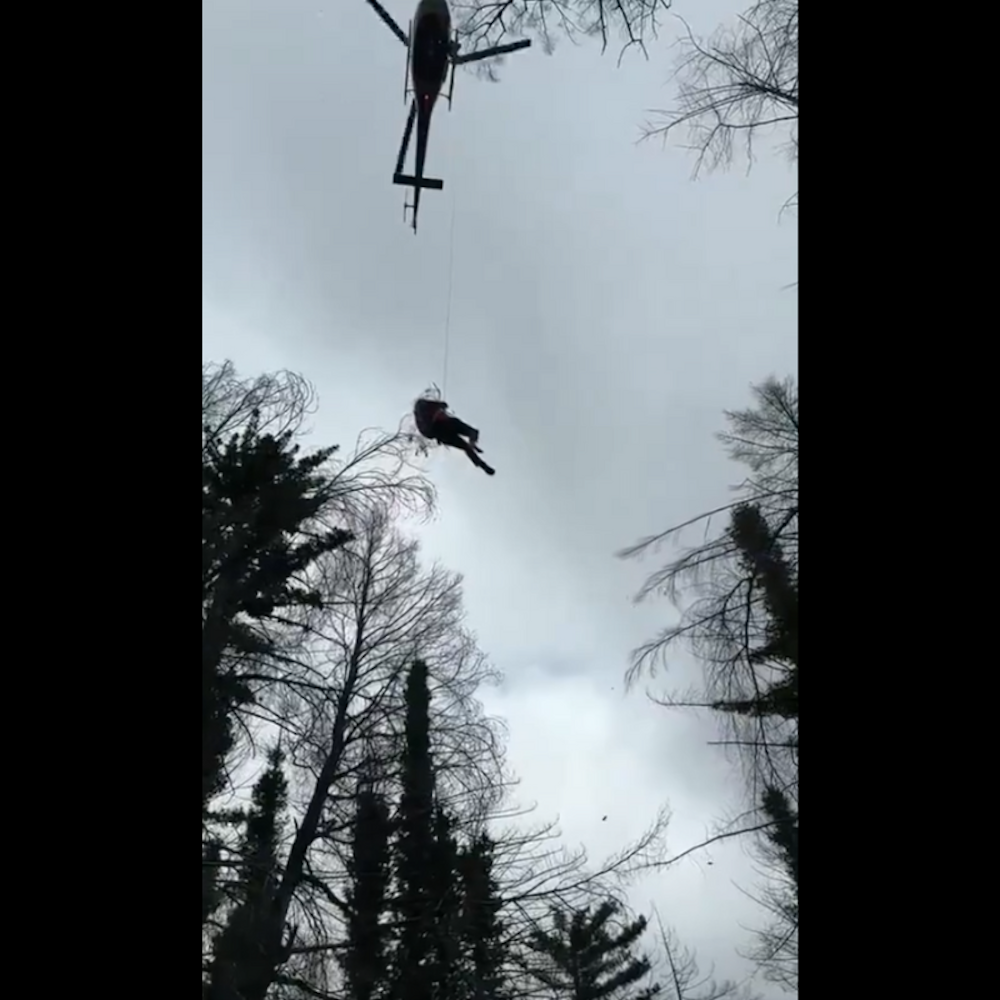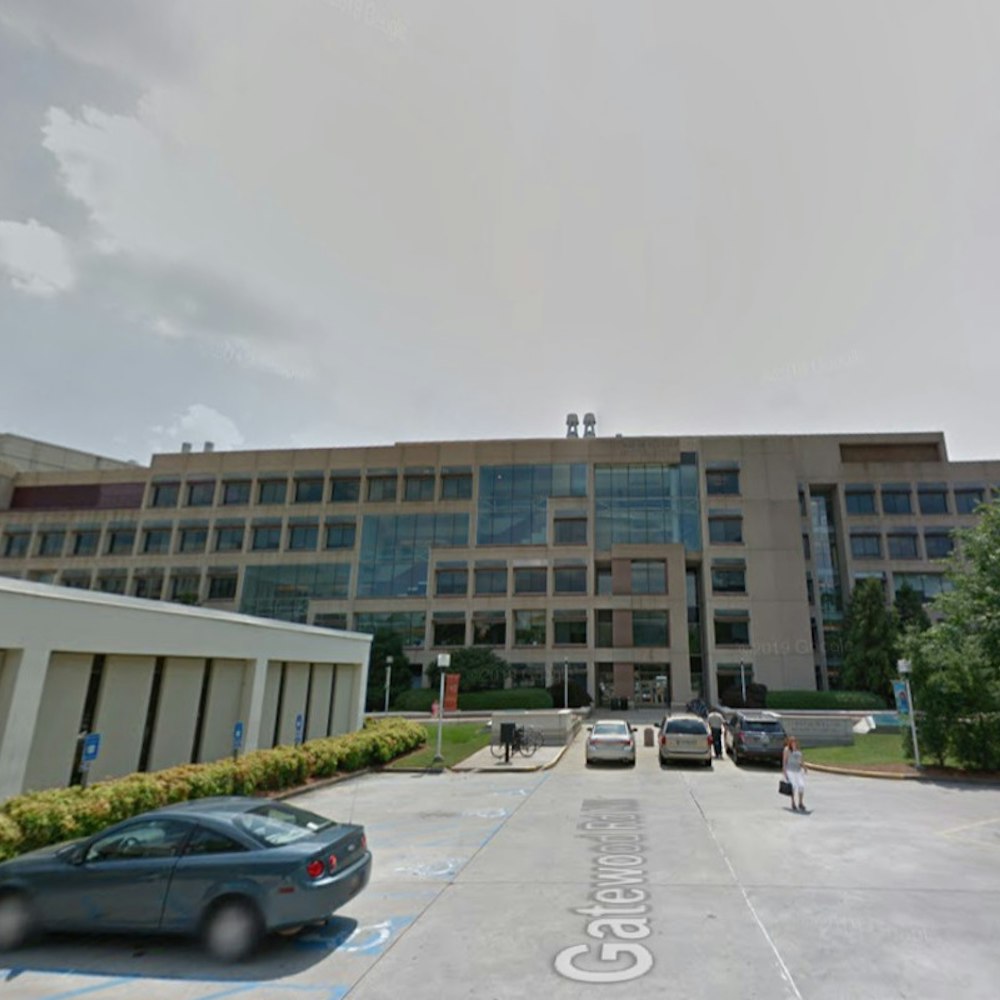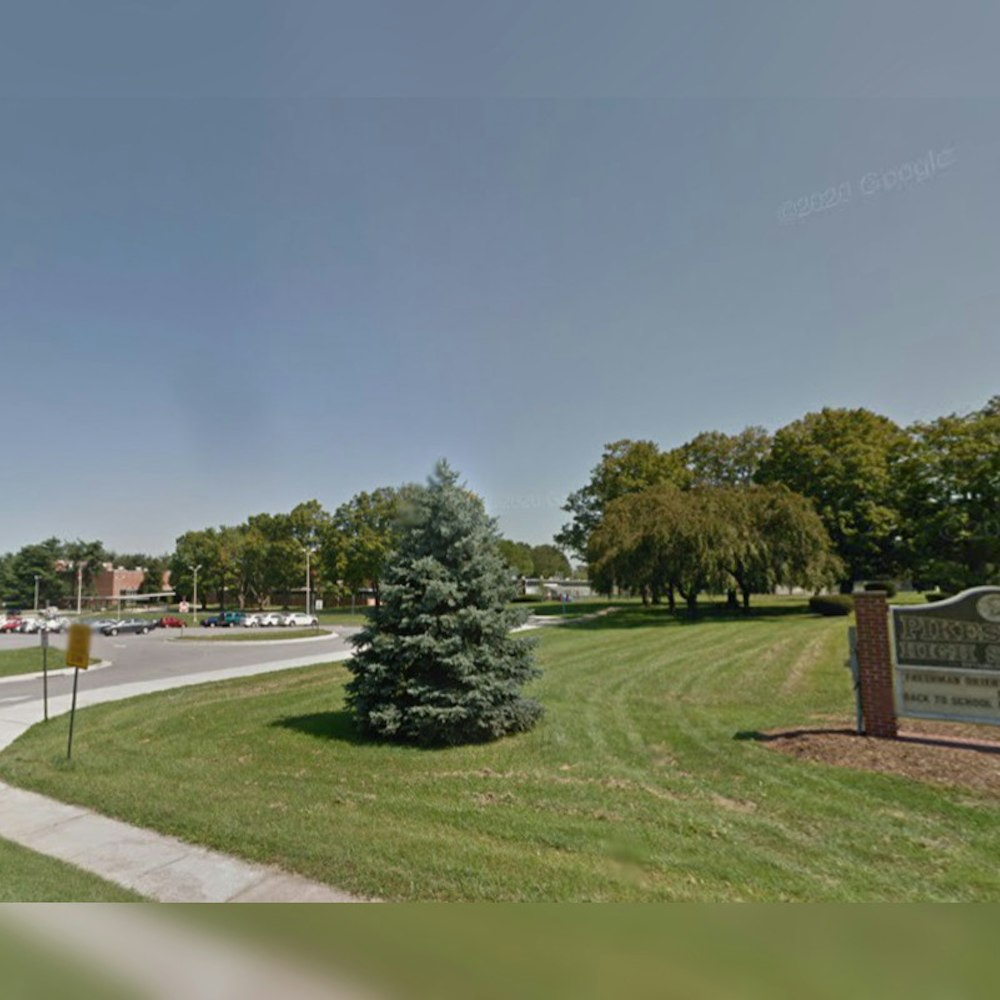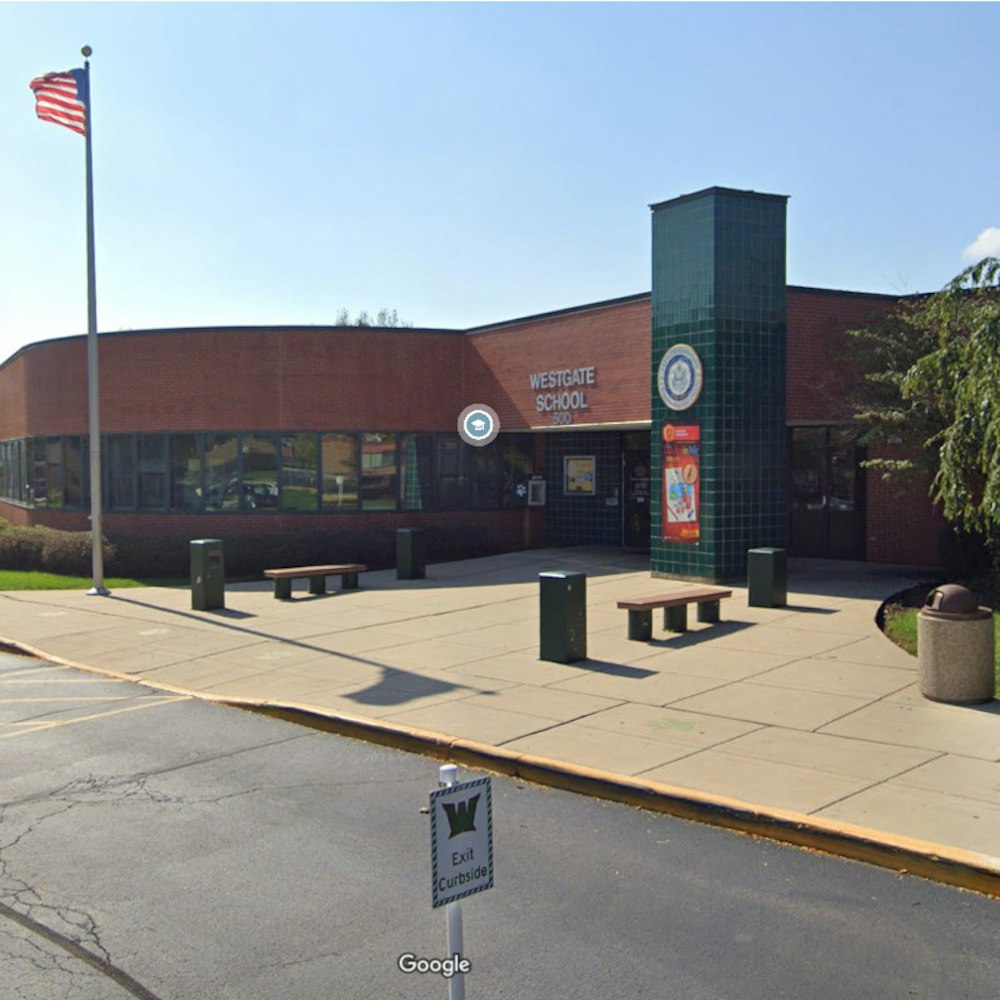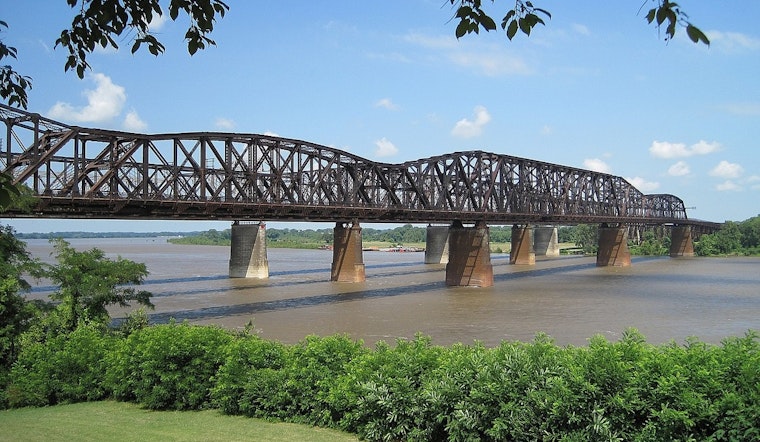
Concerns over the safety of Tennessee's bridges have sparked attention following the collapse of the Francis Scott Key Bridge in Baltimore. A meticulous dig into the state's bridge conditions reveals that over 100 state-owned bridges are classified as in poor condition according to a report from the Tennessee Department of Transportation.
While the recent bridge collapse in Baltimore has put infrastructure concerns into the limelight, experts believe that a similar disaster is unlikely to happen in Middle Tennessee. Specifically, 31 bridges in poor condition are identified in Davidson County, which features 832 bridges, and only 411 of these are deemed in good condition. Despite the worrying figures, the American Society of Civil Engineers has awarded Tennessee’s bridges a B rating, which is one of the nation's best and far below the national average of 7.3% of bridges in poor condition. Lori Troxel, a civil engineering professor at Vanderbilt University, reassured Middle Tennesseans, telling WSMV, "There is no reason to fear a similar collapse because the bridges and boats are both much smaller."
However, in East Tennessee, the figures are equally troubling with 51 bridges listed in poor condition. Found along major interstates including I-40, I-75, I-275, and I-81, these findings by WVLT point to broader infrastructural needs. TDOT Spokesperson Mark Nagi explained, "The bridge is still safe even in that condition," reinforcing the message that poor ratings do not immediately indicate a risk to public safety, as reported by WVLT.
The rating system used by the state evaluates bridges with three distinct labels: poor, fair, and good. However, a bridge's 'poor' rating does not necessarily mean it is on the brink of collapse. It is a signal for the bridge to be inspected and maintained more frequently, according to experts. In an event contributing to these concerns, a bridge in Sevier County recently collapsed due to heavy rain, as discussed in a report by WBIR. The bridge, built in 1940 and showing a decline in its sufficiency rating over the years, had not been flagged for any weight limit restrictions before the collapse. Nagi clarified, "There were still a couple of cosmetic things that had not been addressed yet, but, the bridge was safe for travel."
These findings and incidents illuminate a significant facet of Tennessee's infrastructure, wherein attention to bridge maintenance is a vital component of ensuring public safety. The call is not for immediate alarm but for sustained investment and innovation in the sector that holds up, quite literally, the day-to-day life and commerce of the Volunteer State.


